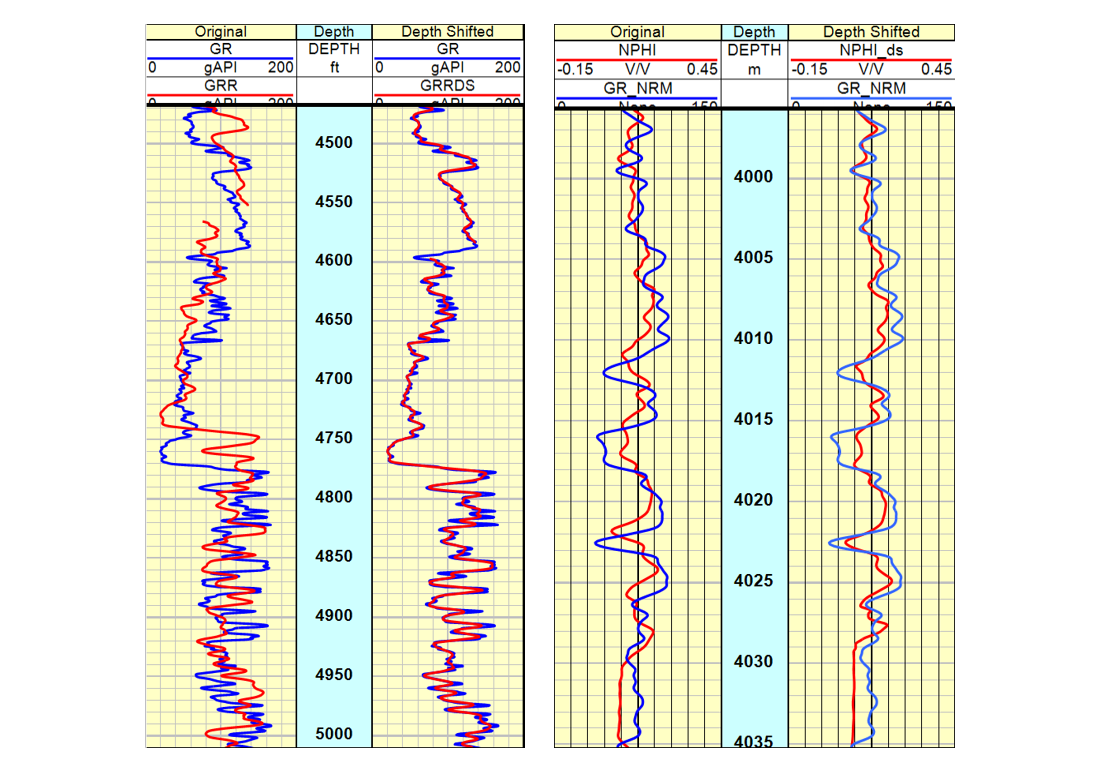PowerLog
Powerful Petrophysics & Rock Physics
Where Petrophysics meets Rock Physics
PowerLog delivers intuitive and comprehensive petrophysical technology for the industry’s toughest interpretation challenges. Interpret thousands of wells at once with interactive viewers and processors while accessing a robust Python Ecosystem for the latest machine learning solutions. PowerLog empowers geoscientists to develop and refine integrated petrophysical interpretations and rock physics models iteratively and interactively, ensuring accurate and thorough results.
Solving Key Industry Challenges
Oil companies rely on precise log evaluations for timely and accurate well completion determinations. PowerLog offers the necessary interpretation capabilities and report generation to streamline this time-sensitive, decision-making process effectively.
Accurate log evaluations with minimal or historical data are difficult.
- Data must be easily loaded and categorized
- Geological information should be integrated
- Core data must be quickly assimilated
Effective well completions depend on accurate interpretations.
- Imperative to identify all productive intervals
- Lithology information is needed for frac design
- Reserve estimations are required
Completion and acquisition decisions are time sensitive.
- Significant risk exists in asset evaluation for acquisition
- Acquisitions are often competitive
- Rig costs are high
- Frac equipment is expensive to operate
Unlock the Full Potential of Your Data
PowerLog does the heavy lifting so you get more work done.
Offers a user-friendly and intuitive experience suitable for geoscientists of all levels
Processes thousands of wells simultaneously to determine shale volume, water saturation, lithology and porosity
Provides geological framework for relevant zone, pay and interval summations
Takes advantage of open-source Python Ecosystem for advanced machine learning and artificial intelligence
PowerLog Modules
Machine Learning
Rock Physics Module (RPM)
StatMin
FaciesID
Capillary Pressure
Automated Log Editing
Machine Learning
Machine Learning
Optimize efficiency and conserve resources using machine learning workflows
Harness machine learning tools and technology by connecting your preferred Python distribution to PowerLog and perform in-house advanced processing and interpretation to save your company time and money. Interactive clustering, synthetics, and data analysis workflows read and write directly to a PowerLog project database.
Machine learning in PowerLog enables a clearer reservoir understanding and faster, more efficient data analysis so you can predict curves based on existing log data, correlate core analysis to log data, model complex porosity and permeability relationships, and quickly edit logs for data conditioning with automated tools.
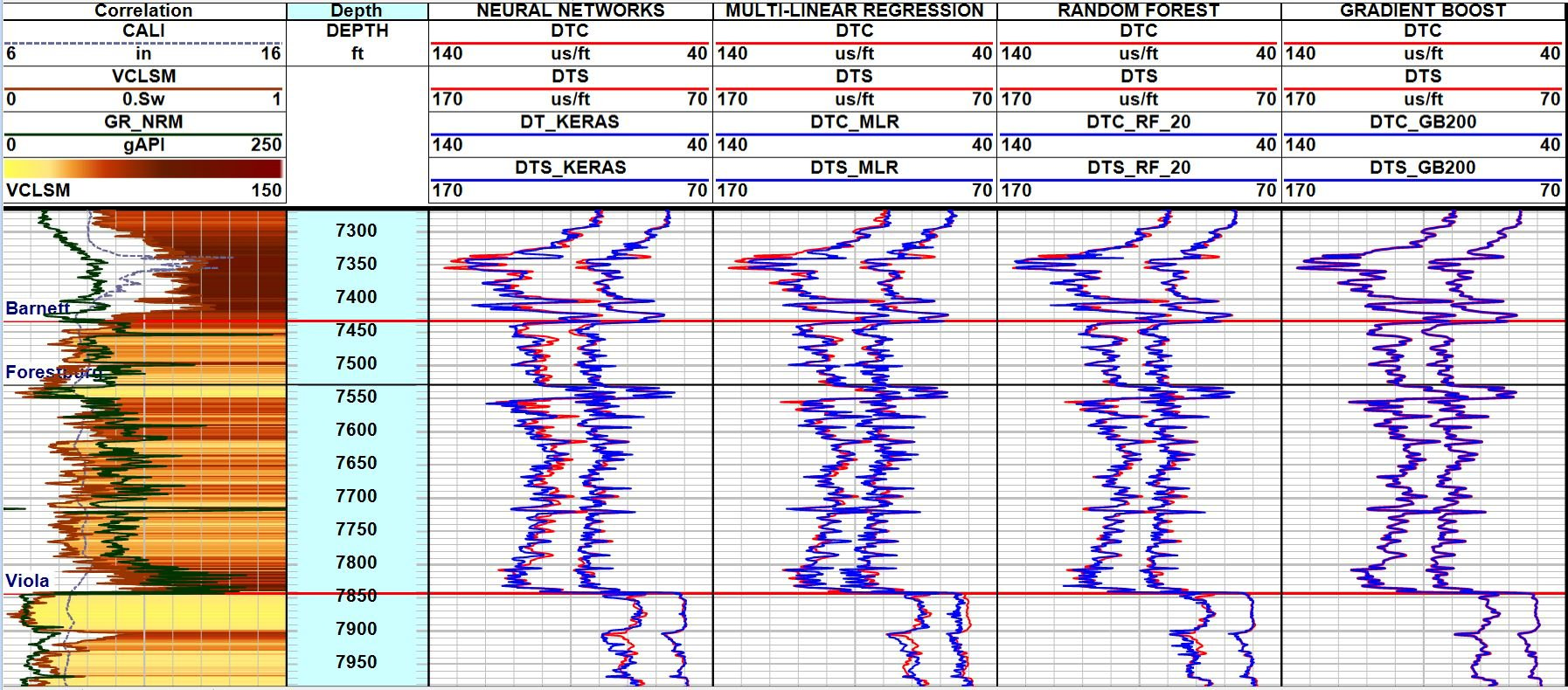
Rock Physics Module (RPM)
Rock Physics Module (RPM)
Improved Interpretation with Rock Physics Modeling
Build accurate rock physics models from log data and petrophysical interpretation results with easy-to-use, collaborative Rock Physics Module (RPM). RPM bridges the gap between PowerLog and other Jason geophysical software applications. This user-friendly module is integrated with PowerLog so you can iterate on your petrophysical parameters using rock physics models and improve your petrophysics interpretation for a better understanding of the subsurface.
RPM enables a fundamental modeling approach — a petrophysical rock model is used to derive rock structure information and effective elastic rock properties from fluid and mineral parameters. Users can easily analyze fluid-substitution studies and invasion corrections once a rock model is constructed. The rock model also enables prediction of elastic curves for lithology parameters that are not present in the wells.
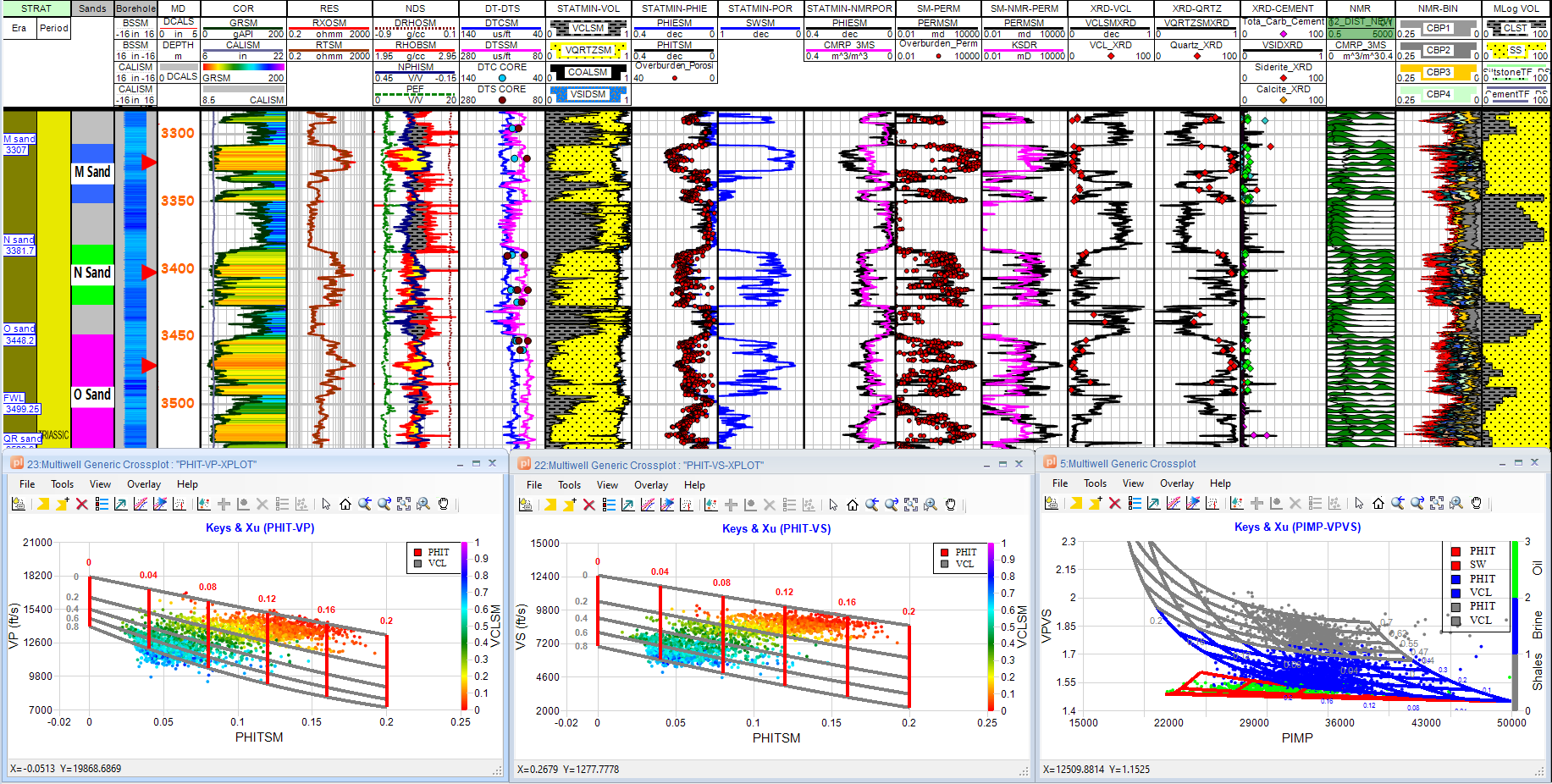
StatMin
StatMin
Accurately Calculate Lithology, Mineralogy, Porosity and Fluids
In complex environments, deterministic methods are insufficient. StatMin is a stochastic analysis tool for determining volumes of fluids and minerals and statistical methods for petrophysical analysis of difficult formations. StatMin generates meaningful interpretations in complex lithologies that enable solid decisions for optimum reservoir completions.
StatMin obtains valuable outputs such as porosity, water saturation and quartz, which are key petrophysical parameters needed to make critical completion decisions. It also solves balanced, over determined and underdetermined models. Under determined models are more common where insufficient log data is available to compute all the needed minerals in one pass. StatMin provides users multiple methods to solve this challenge and allows for more accurate analysis of these complex reservoirs.
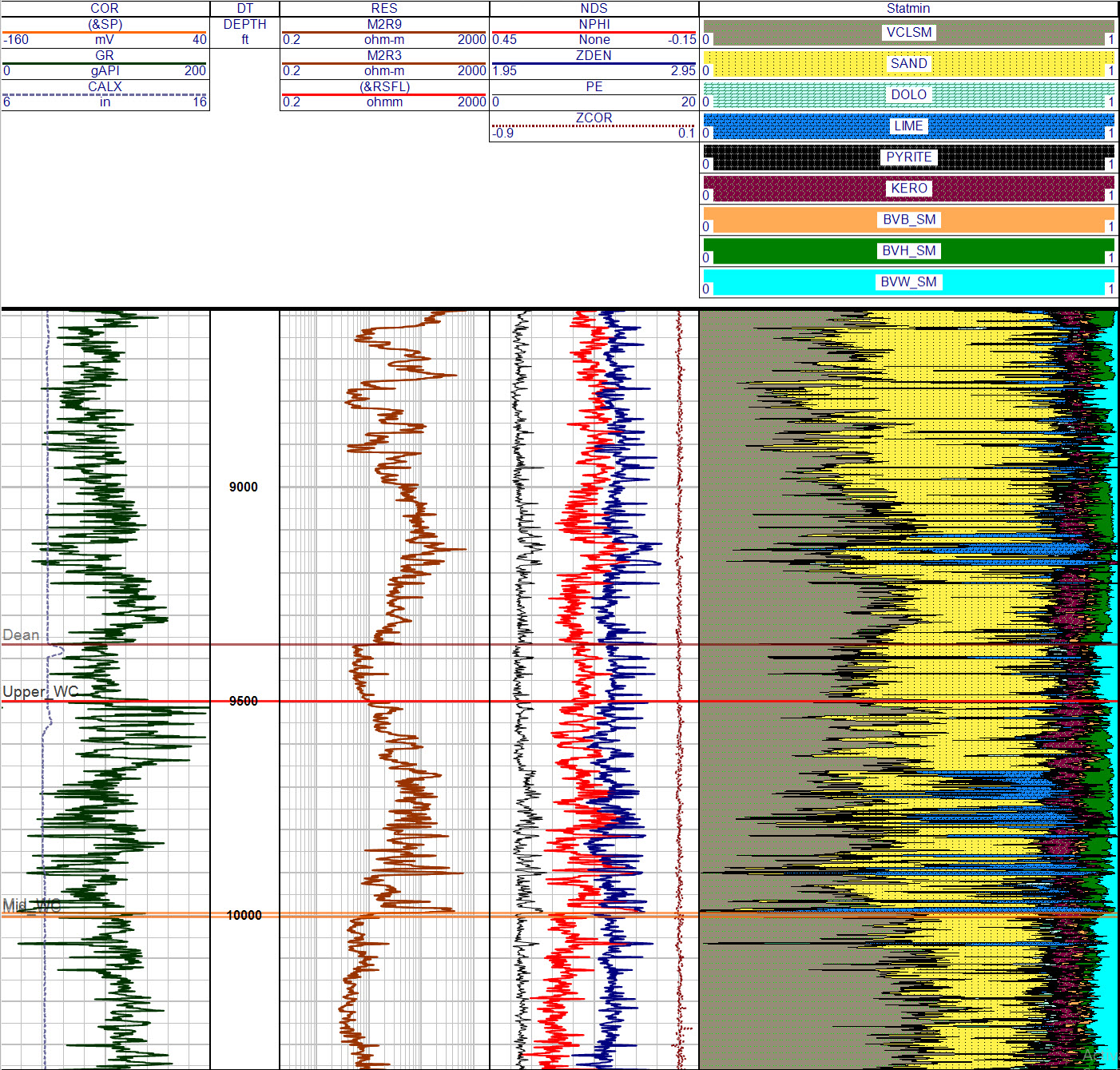
FaciesID
FaciesID
Fast, Interactive, User-Friendly Facies Classification
PowerLog FaciesID is a user-friendly electrofacies classification tool that allows for the reconstruction of input curves as block curves and performs a quality check of results during the process.
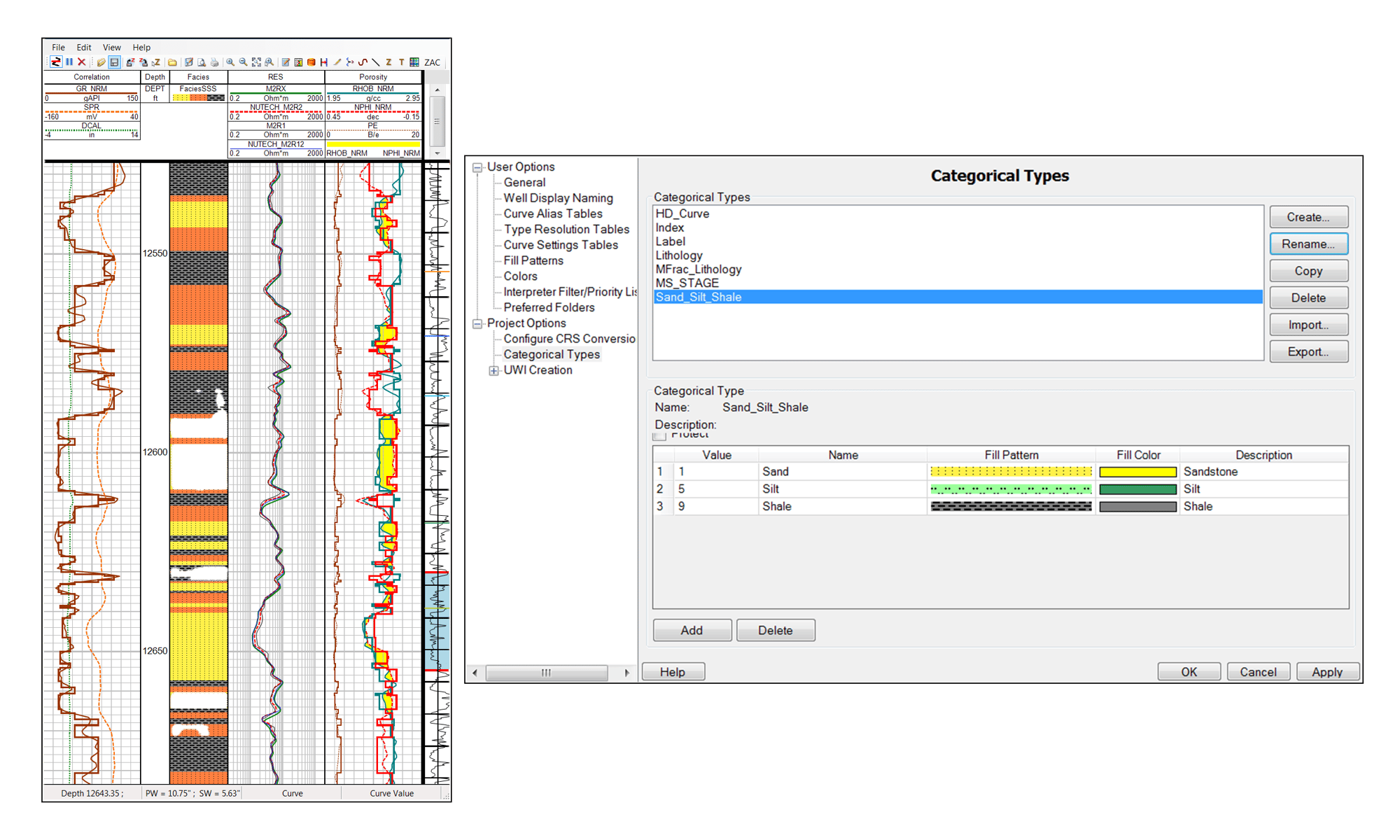
Capillary Pressure
Capillary Pressure
Accurately Interpret and Process Capillary Pressure Data
Geoscientists use the PowerLog Capillary Pressure tool to evaluate well logs and cores from multiple wells and zones to model saturation versus height above free water level (FWL). The resulting analytical expressions relate either connate water saturation to height above FWL (forward modeling), or height above FWL to connate water saturation (reverse modeling). Findings from one well can be applied to other wells in the area, making the process efficient and consistent.
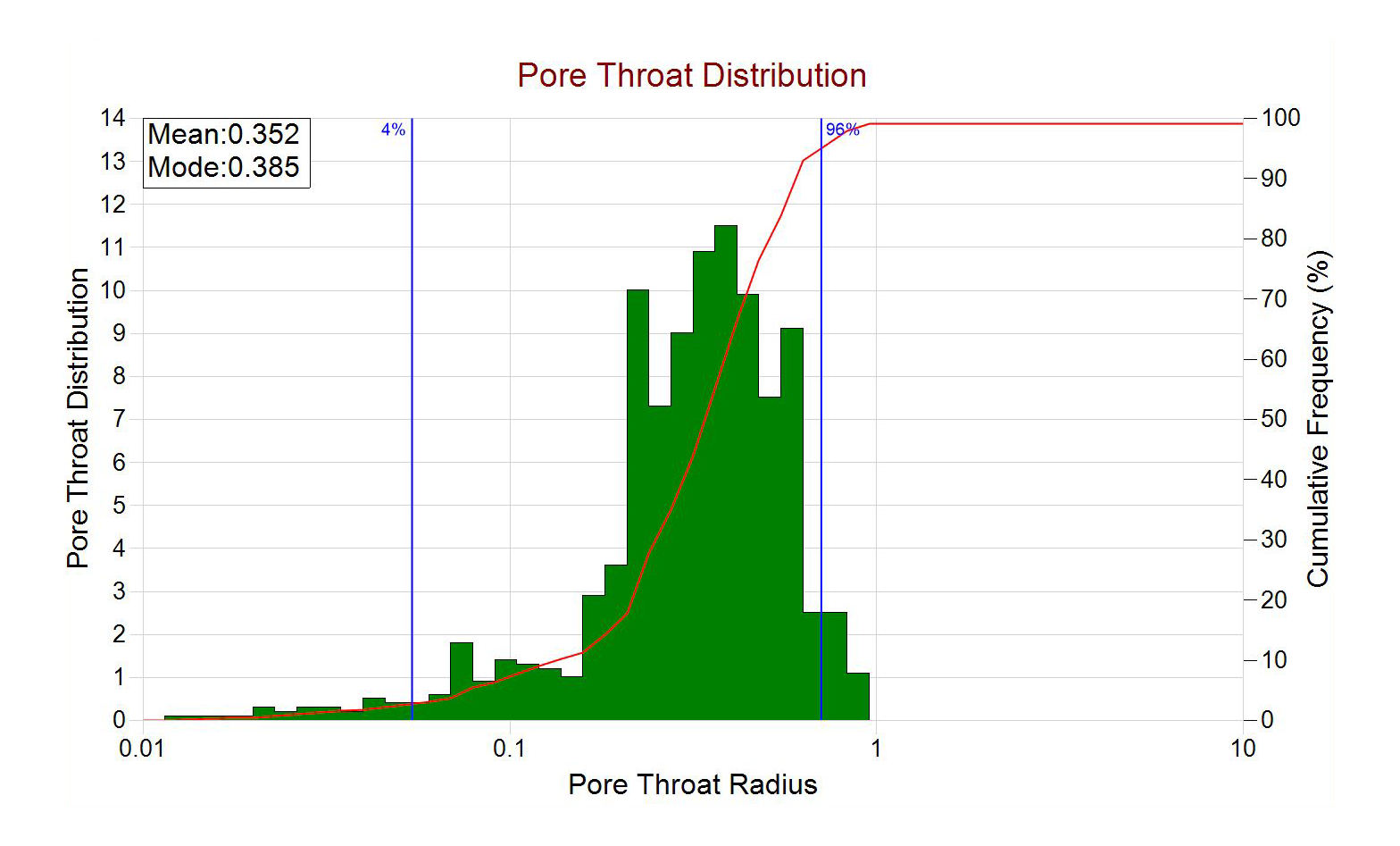
Automated Log Editing
Automated Log Editing
Proven Machine Learning
Enhance the quality of interpretations and facies analysis by automating critical tasks like similarity analysis, depth shifting, outlier detection, and log patching. Powered by AI and machine learning, it ensures reliable and repeatable processing, allowing users to generate high-quality, interpretation-ready data with minimal manual effort. This automation not only improves the accuracy of geotechnical insights but also drastically reduces data preparation time, whether working with a single well or handling hundreds of wells simultaneously. Automate tasks with this indispensable tool for delivering faster, more accurate results.
